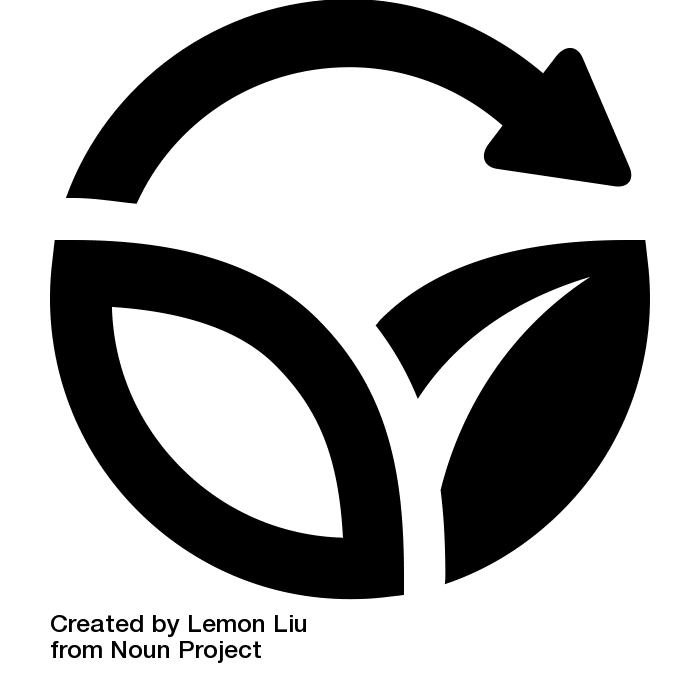Sustainability is an increasingly important subject of conversation in all energy demanding industries, a category that certainly includes cannabis extraction.
In that spirit, let’s review the factors that can make cannabis extraction sustainable.
Green Solvents
Solvents are a major element of cannabis extraction. Green solvents need to meet certain criteria — green chemistry principles like waste prevention, atom economy (i.e., full use of materials), less hazardous syntheses, safe chemical design, energy efficiency, renewability, reduced derivatives, catalysis, biodegradability, pollution prevention, and accident prevention. [1]
The solvents that adhere to these green standards include organic-based solvents like ethanol (derived from renewable feedstock), terpene solvents, carbon dioxide (CO2) (which has become synonymous with sustainable extraction), and deep eutectic solvents.
Water is another solvent that’s very green, but green isn’t interchangeable with sustainable, so the amount of water consumption makes all the difference.
Energy Consumption and Efficiency
Energy consumption is another major factor of sustainability.
Besides closed-loop systems that recapture solvents and achieve renewability, another technique that improves energy efficiency is pretreatment of cell walls to make them easier to break down. For example, the Instant Controlled Pressure Drop method achieves that by applying mechanical stress of vaporized water via an abrupt pressure drop. [2]
This brings us to mechanochemical technology, which achieves physiochemical transformation by way of mechanical force and chemical interactions (e.g., ball milling with solid acids). It’s an effective method to precondition the membranes of cell walls. [3]
Application of ultrasound is another viable and popular method for improving botanical extraction efficiency.
Heating Efficiency
Uneven heating is a major obstacle to optimal extraction. Equipment that employs more sophisticated heating technology can go a long way toward overcoming it.
For instance, ohmic heating, a.k.a. joule heating, sends electric pulses that open up temporary pores in cell membranes (electroporation) so heat can pass through, thus increasing yield while reducing energy consumption. [4]
Infrared radiation systems channel electromagnetic radiation into direct heat penetration, which also improves energy efficiency and cost effectiveness. [5]
Ultraviolet light treatment operates on pretty much the same principle, but on a less intense frequency and has been used for applications like increasing vitamin D2 during mushroom extraction. [6]
Implementing the aforementioned factors and methods into your extraction system will go a long way toward improving its sustainability. Of course, the more sustainable elements you add into the equation, the better.
Image Credits: Sustainability by Lemon Liu from the Noun Project
References:
1- Anastas PT, Warner JC. Green Chemistry: Theory and Practice. Oxford University Press; 2000.
2- Chemat F, et al. A review of sustainable and intensified techniques for extraction of food and natural products. Green Chemistry.2020;22(8):2325-2353. [Impact Factor: 10.182; Times Cited: 87 (Semantic Scholar)
3- Wang S, Zhang R, Song X, Wei M, Xie T, Cao J. Mechanochemical-assisted extraction of active alkaloids from plant with solid acids. ACS Sustain Chem Eng. 2019;7(1):197-207. [Impact Factor: 8.198; Times Cited: 8 (Semantic Scholar)]
4- Seidi Damyeh M, Niakousari M. Ohmic hydrodistillation, an accelerated energy-saver green process in the extraction of Pulicaria undulata essential oil. Ind Crop Prod. 2017;98:100-107. doi:10.1016/j.indcrop.2017.01.029. [Impact Factor: 5.645; Times Cited: 20 (Semantic Scholar)]
5- Rajha HN, et al. Innovative process of polyphenol recovery from pomegranate peels by combining green deep eutectic solvents and a new infrared technology. LWT. 2019;111:138–146. [Impact Factor: 4.952; Times Cited: 20 (Semantic Scholar) ]
6- Morales D, Gil-Ramirez A, Smiderle FR, Piris AJ, Ruiz-Rodriguez A, Soler-Rivas C. Vitamin D-enriched extracts obtained from shiitake mushrooms (Lentinula edodes) by supercritical fluid extraction and UV-irradiation. Innov Food Sci Emerg Technol. 2017;41:330-336. [Impact Factor: 5.916; Times Cited: 22 (Semantic Scholar)]












